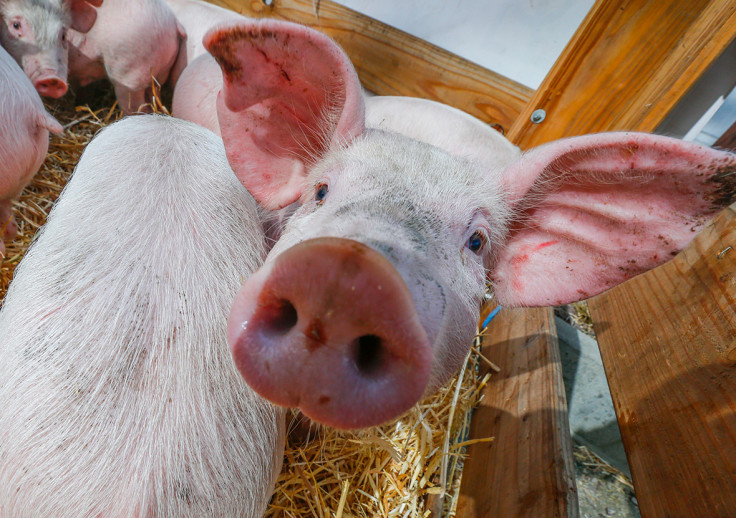Gene therapy cures pigs from metabolic liver disease
Liver failure was prevented for up to a year in animals transplanted with gene-corrected liver cells.

Gene therapy has proved to be a promising treatment against metabolic liver disease in animal trials. Pigs transplanted with gene-corrected liver cells avoided many complications associated with the illness.
Today, patients who suffer from inherited metabolic liver disease have little option other than liver transplantation as they often become resistant to current treatments.
The latest study, published in the journal Science Translational Medicine, tried a novel approach to treat liver disease. It is based on the use of transplanted gene-corrected cells which work by regenerating the liver.
Prevention of liver failure
The researchers specifically worked on hereditary tyrosinemia type I (HT1), a rare liver disease caused by a genetic defect in FAH, a key metabolic enzyme. Patients with HT1 are particularly vulnerable to developing treatment resistance, so finding options for them is crucial.
The team designed and tested an ex vivo gene therapy approach in FAH-deficient pigs. The principles behind this method are simple: the scientists removed liver tissue from the animals and delivered the missing FAH gene into these cells using a lentiviral vector – a subclass of virus with an ability to integrate the genome of non-dividing cells.
The correcte cells were then transplanted back into the pigs, less than 24 hours after being collected. The experiment appeared to be successful. Indeed, the gene-corrected cells expanded and repopulated the entire liver, thus improving metabolic liver function significantly. The intervention prevented liver failure and fibrosis or scarring in pigs for up to a year, emphasising the great potential of this method.
Ex vivo gene therapy may offer a new, concrete strategy for curing metabolic liver disorders.
What is hereditary tyrosinemia type I (HT1)?
HT1 is a genetic disorder caused by a genetic defect in FAH, a key metabolic enzyme. It leads to a disruption of the breaking-down of amino acid tyrosine, a building block of most proteins in the body. Tyrosine and its byproducts thus build up in tissues and organs, with serious health consequences.
Tyrosinemia type I is the most severe form of this disorder and it often begins in the first few months of life. Metabolic function of the liver is affected. the disease can lead to liver and kidney failure, softening and weakening of the bones, and an increased risk of liver cancer. Some affected patients also have repeated neurological crises defined by changes in mental state, reduced sensation in the arms and legs and even respiratory failure.
Without treatment, children with tyrosinemia type I often do not survive more than ten years.
© Copyright IBTimes 2024. All rights reserved.







